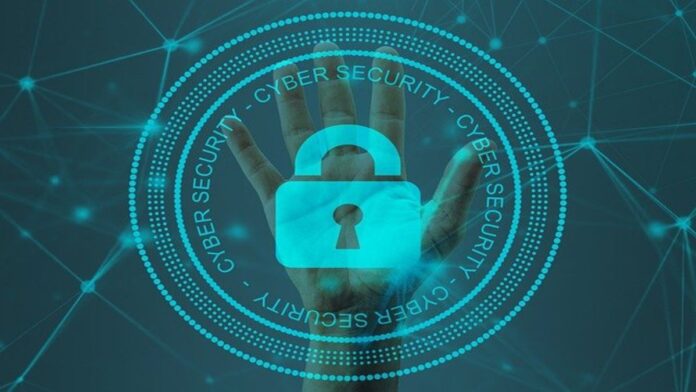Most successful companies today are aware of common data security issues and imply a few steps that may or may not prevent them from breach according to their plan and knowledge. This uncertainty of cybersecurity and data breach is a common problem that most of the companies face in today’s world, when big organizations like Facebook, Quora, Orbitz are suffering data breaches; data protection has become a must for all companies. According to the National Cyber Security Alliance1, “60% of them go out of business within 6 months of a cyberattack“.

The rise of data protection guidelines and regulations around the globe has added layer of direness to the need for all companies to execute concrete data protection measures. Though companies utilize different tools/solutions to stay away from data breach, the old method of defining a secure network is no longer feasible, this is why Zero Trust Model is widely popular in terms of security for not just databases, but also for applications, devices and other end-points that are used in an organization.
What is Zero Trust?
The term “Zero Trust” was coined by one of the world’s foremost cybersecurity experts John Kindervag after introducing “Build Security Into Your Network’s DNA: The Zero Trust Network Architecture” to the market. A Zero-Trust Security Model treats every access attempt, whether its from within the perimeter or from an unknown source as a threat.
This is why it’s clearly mentioned that the zero-trust approach follows “Never Trust, Always Verify”. With Zero Trust Solution, organizations can have visibility to their data, applications, devices, and check activity around it, it can also detect suspicious access attempts regardless of the location or the device.
One of the main reasons behind not trusting any access is because data breaches often happen inside the perimeter when hackers steal someone’s credentials that give access to corporate firewalls so that they can move virtually unchecked with little to no resistance.

The most common question we’d have is, isn’t a cybersecurity program or solution invented to do the same? Do a few more features and controls define Zero Trust?
To answer this, the Zero Trust approach clearly defines a path to think about cybersecurity, rather than defending a single or enterprise-wide perimeter, a zero trust solution moves this perimeter to every device, system, user, and network within as well as outside the organization.
Zero Trust enables strong identities, prompts multi-factor authentication, verifies endpoints, conducts network segmentation, controls access, and user attribution to segment and regulate access to sensitive data and systems.
Why now is the best time for organizations to implement a zero-trust solution?
Organizations these days no longer operate from a fixed location/perimeter. To be practical, the perimeter-based security model is no longer an integrated solution in a world where users work on their own devices or company-owned from anywhere and organization’s sensitive data is stored in multiple cloud services.
This makes organizations rethink their cybersecurity strategy on securing corporate as well as employee data, devices, applications, and other end-points using a single zero trust solution.
Since organizations can no longer be dependent on traditional security models that focus only on the basics, the challenge that they face is figuring out how to give users the access they need while reducing maintenance costs, set-up procedures without compromising security.
Significance of implementing Zero Trust Solution
As we now know that Zero-Trust focuses on trusting devices, applications, sessions, and user trust; only if the trust is satisfied in all such scenarios then the user grants access.
- Zero-Trust lets you define surfaces you want to protect.
- Analyze how traffic flows across your network.
- Customize Zero-Trust network as per your strategy.
- Create policies specifically.
- Maintain and monitor all networks right from a single solution.
As its known, Data is the new oil, sacrificing it with the traditional solution can increase cyberattacks frequently. Since new strategies are required to secure organizations’ networks and data, zero-trust solution is a step ahead in guarding access to the network by improving organizations’ ROI with a better solution and avoiding data breaches.






